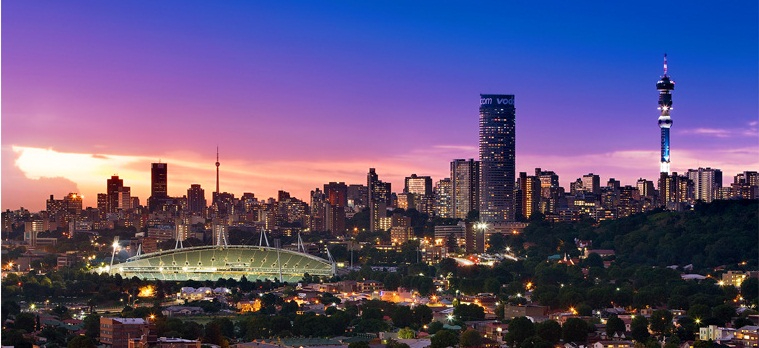Article By Jacqueline Gray 08 Jun 2011
It is a fair assumption to say that cities go through cycles. These can be characterised by periods of creativity and growth, neglect, demolition and revival.
Many of the great cities of the world are built on the backbone of their ancient foundations. In some cases, the bones of the original city have been incorporated into the new. Rome, Paris and London come to mind.
Johannesburg is unique in that it is exceptionally young by city standards having only being founded in 1886. In Johannesburgs case, there are no hidden catacombs or ancient foundations. What you see today is what has been built over the past 125 years.
The city’s youth has not exempted it from the cycles that beset every city. Indeed, Johannesburg has gone through a period of massive growth and true to form, has experienced its fair share of neglect and misuse.
Over the past few decades, rampant crime drove away many of the country’s big businesses from the city’s Central Business District to greener pastures in Houghton, Sandton and Parktown amongst other nodes.
Today, the city is enjoying something of a revival thanks to the concerted efforts of the Johannesburg Metropolitan Council, various mining houses and property developers which are attempting to attract business and residents alike back into the citys folds through various refurbishment projects.
Much success has been had at Newtown which essentially forms the heart of the city’s rejuvenation efforts. A fairly large mixed use area, Newtown encompasses a theatre, art galleries and restaurants. A flea market takes place every Saturday.
Various other projects have been undertaken with a view to revitalising quadrants of the city. These include the establishment of a number of hotels and mixed accommodation offerings such as the Mapungbuwe, Ashanti and Dogon.
Situated on the corner of Marshall and Ferreira streets, the Mapungbuwe hotel has taken up occupation of the old French Bank on the corner of Marshall and Ferreira streets and has become a popular stopover for businessmen.
The five star Ashanti Hotel and Dogon in Marshalltown have breathed life into the ex-Hollard Insurance buildings and offer a mix of upmarket hotel and residential space to a discerning market.
According to reports, three new hotels have also been earmarked for the south-western district of the inner city. These are to fall under the Reef Hotels banner and are the brainchild of Isaac Chalumbira and hotelier Gustav Kramp.
Other notable inner city reclamations have manifested in the form of the beautiful Barbican on President Street courtesy of Old Mutual Investment. Old Mutual Investment is also responsible for the refurbishment of the Kimberly Building-the oldest surviving masonry structure in JHB as well as Provincial House on Commissioner Street.
A particularly imaginative and exciting development of the Bohemian persuasion is that of the Main Street Life complex which forms part of the city’s new Maboneng Precinct.
Main Street Life occupies a 1970’s industrial building which has been transformed into a mixed use complex complete with residential units and work studios, shops, a rooftop events venue and an Art Hotel.
Maboneng also plays host to Arts on Main, Market on Main and a host of other free thinking entities. The precinct is set to expand still further later this year.
These are but a few of the projects which have been undertaken in recent years and which are now forming part of Johannesburg’s latest upward cycle. With any luck, it will be a cycle that lasts for some time to come.



